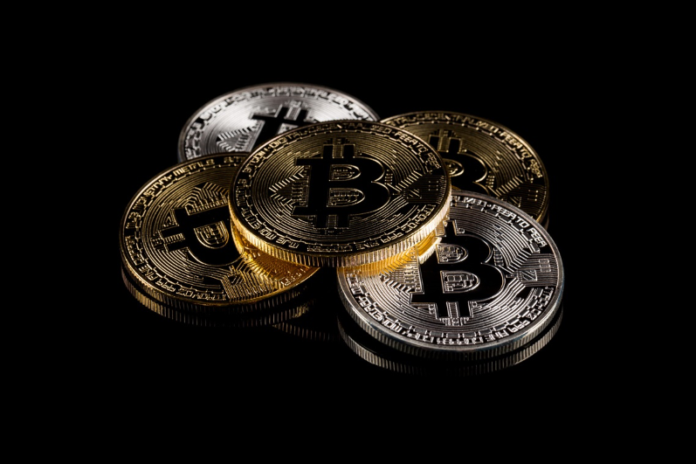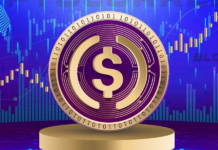
A recent article published in The New York Times talked about the so-called “junk cryptocurrency”. In the story, David Segal detailed how he created his own cryptocurrency in hopes of cashing in on the craze. But his coin, essentially, turned out to be completely worthless.
The leading US coin experts said, “Currently, there are more than 10,000 coins in the Coin market, it is difficult for investors to choose”. There are many fake coins on the market that cause serious difficulties for investors, affecting their assets.
Junk coins, fake coins as they are known, sit right on top of the flashy, speculative end of the crypto business. Every day, dozens of them are created around the world by developers promising good fortune to future investors. It usually ends badly and in a lot of cases it’s illiquid. Developers, on the other hand, can make tens of thousands of dollars, sometimes more.
Bernadette Giacomazzo of Afrotech says that whether you call them “scam coins”, “hype coins” or “junk crypto” – the end result is the same after what has been said and done, you have nothing but a bunch of worthless cryptocurrencies that can’t even get you a pie. So why are they still dominant in the crypto market? Why is it so easy to buy this worthless coin from places like PancakeSwap, where junk crypto with obvious scam names is at play?
Let’s break down what you need to know about this latest craze of so-called “junk cryptocurrency” and what you need to do to protect yourself against a popular scam.
InvestorPlace points out that there is a difference between a legitimate cryptocurrency and a junk cryptocurrency.
| No | Types | Features | Advantages | Disadvantages |
| 1 | Stable coin | A token issued from an authoritative party.
Value at $1 and backed by real assets.
|
Keep assets safe;
Suitable for circulation; Publicly traded on the exchange |
Low profits margin. |
| 2 | Exchange coin | A token issued by the exchange and based on the Blockchain platform.
Used in the ecosystem of the exchange. |
Sustainable growth when the exchange community thrives;
Having good coin supply restraint. Having new flowing investment into the market as trading community grows; Suitable for long term investment; Publicly traded on the exchange |
Few types, little choice. |
| 3 | Platform coin | A token that operates on a separate blockchain platform. | The more the ecosystem grows, the more the value of the host coin grows;
Having new flowing investment into the market as the ecosystem expands; Publicly traded on the exchange |
Few types, little choice. |
| 4 | Project Coin | A token created by an organization, company or individual for the purpose of raising capital for project development | Growth when the project is successful;
Many choices |
Legal is not clear;
The drawn ecosystem is incomplete and isn’t operate yet. Often sale developing on a personal web with many potential risks; Easy for investors to lose money if not research carefully. |
| 5 | Fake Coins | A token issued and sold by an organization or individual on a decentralized exchange. | Nothing. | No real ecosystem;
Advertised mainly by the self-FOMO community or by celebrities; Easy for investors to be scammed and losed money. |
Smart Cryptocurrency Investment
It goes without saying that crypto and junk crypto scams are rampant because it is predicted based on an ignorant environment. In other words, because there are so many misconceptions and so much misinformation about cryptocurrencies, it is easy for scammers to thrive.
The best way to invest smart crypto currency is to find out the origin of the coin carefully to see if it meets the set standards, instead of making a quick decision without really understanding the currency. Some criteria you need to know when investing in cryptocurrencies:
– Clear legal opinion granted by world famous organization
– Strong community
– Audited
– Having companion funds
– Having great partners
– Having actual products
– Large ecosystem
Cryptocurrencies can be a SMART INVESTMENT – if you take EXACTLY THESE STEPS.



































